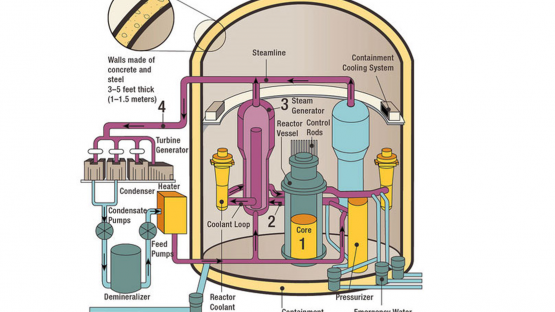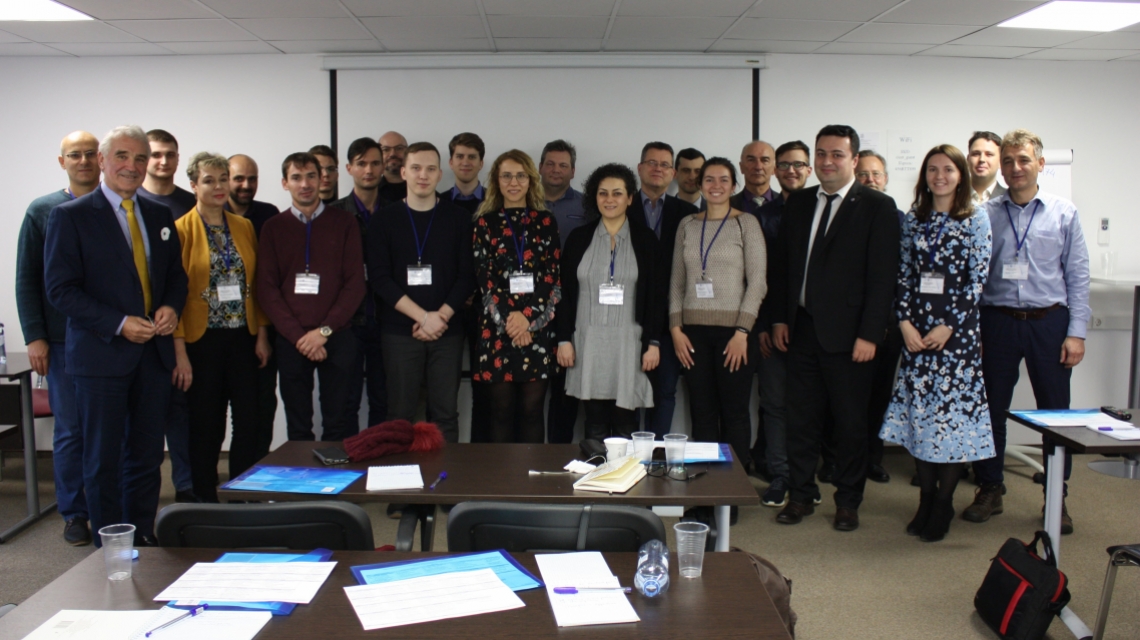Throughout the 60-year-long history of the commercial nuclear power sector, light-water reactors (LWRs) have remained a cornerstone technology for the industry, today accounting for most of the nuclear power plants (NPPs) in operation around the world. New, innovative safety solutions have allowed the operation of LWRs to become even safer. A recently-concluded IAEA technical cooperation (TC) project[1], designed to support countries as they adopt and streamline these innovations into their national power programmes, has shared specific technical knowledge and precise skills related to the design features and safety aspects of pressurized water reactors (PWRs), a category of LWRs. Core to the support delivered by the IAEA was instruction and training in the formulation of probabilistic safety assessments (PSA).
“Capacity building in safety is a high priority for the Agency and its Member States, and an essential part of the IAEA technical cooperation support we provide. By developing skills that strengthen safety and by encouraging the exchange of information and knowledge among Member States, the project has helped to ensure the sustainable and safe use of nuclear power,” said Sandra Steyskal, a Section Head in the IAEA’s Technical Cooperation Division for Europe.
Participants included nuclear power plant regulators, operators and technical support staff from 16 countries.
PWRs account for nearly 80% of nuclear power facilities in Europe and Central Asia, and approximately 60% globally. In order to ensure and enhance the safe operation of PWRs across Europe, the IAEA supports countries as they build capacities to develop safety infrastructure and conduct safety assessment of PWRs.







